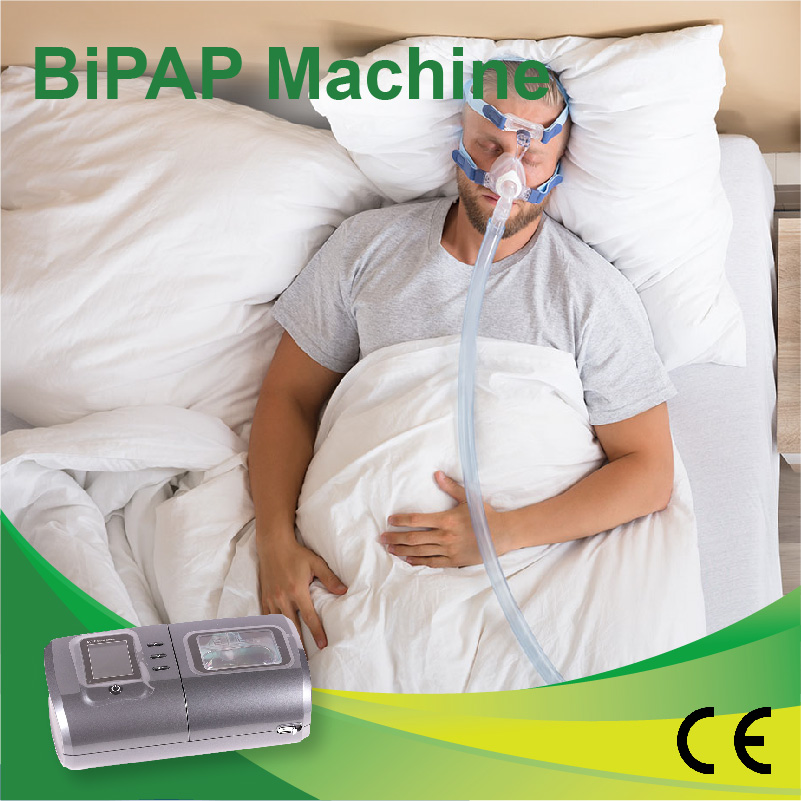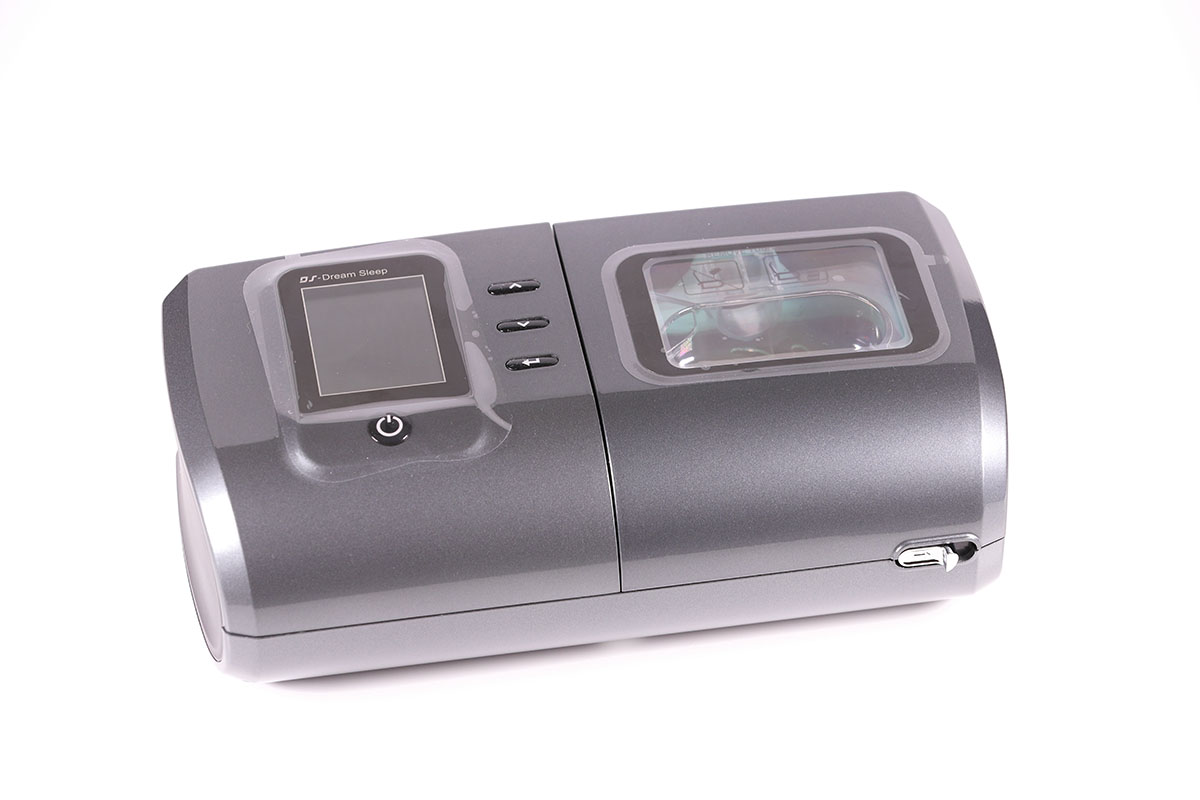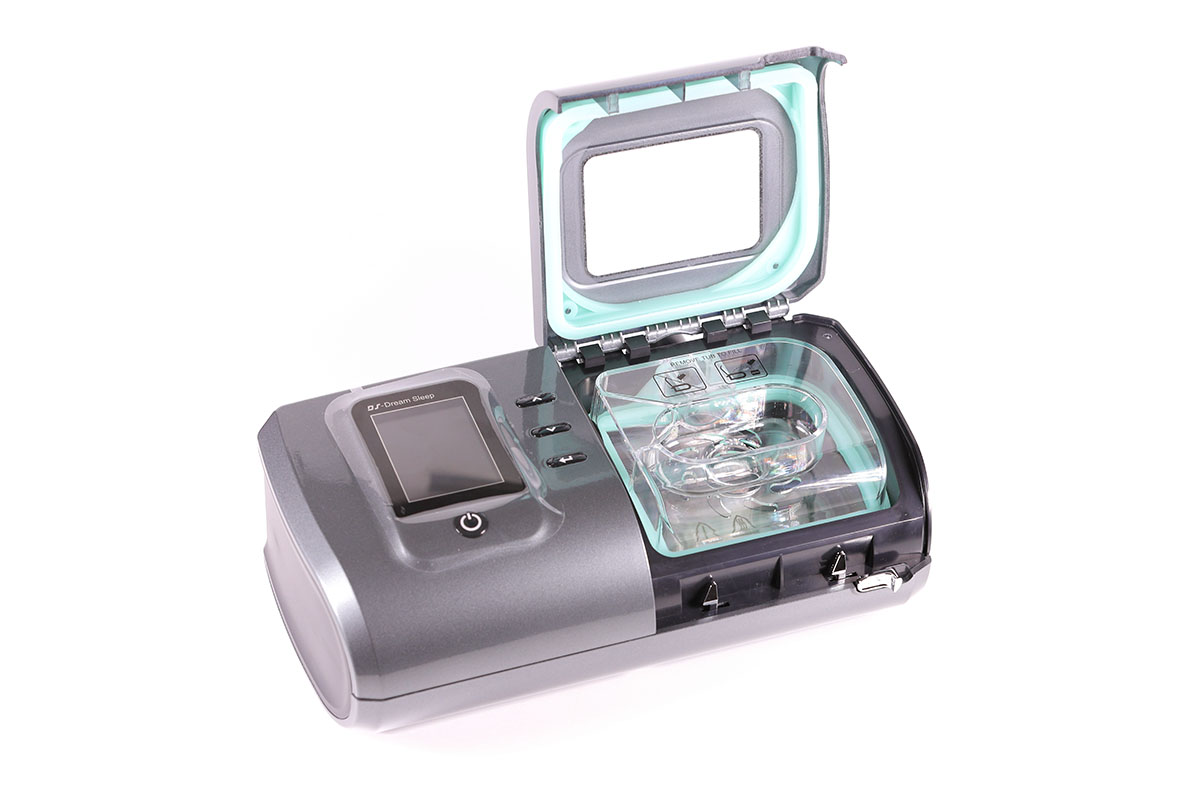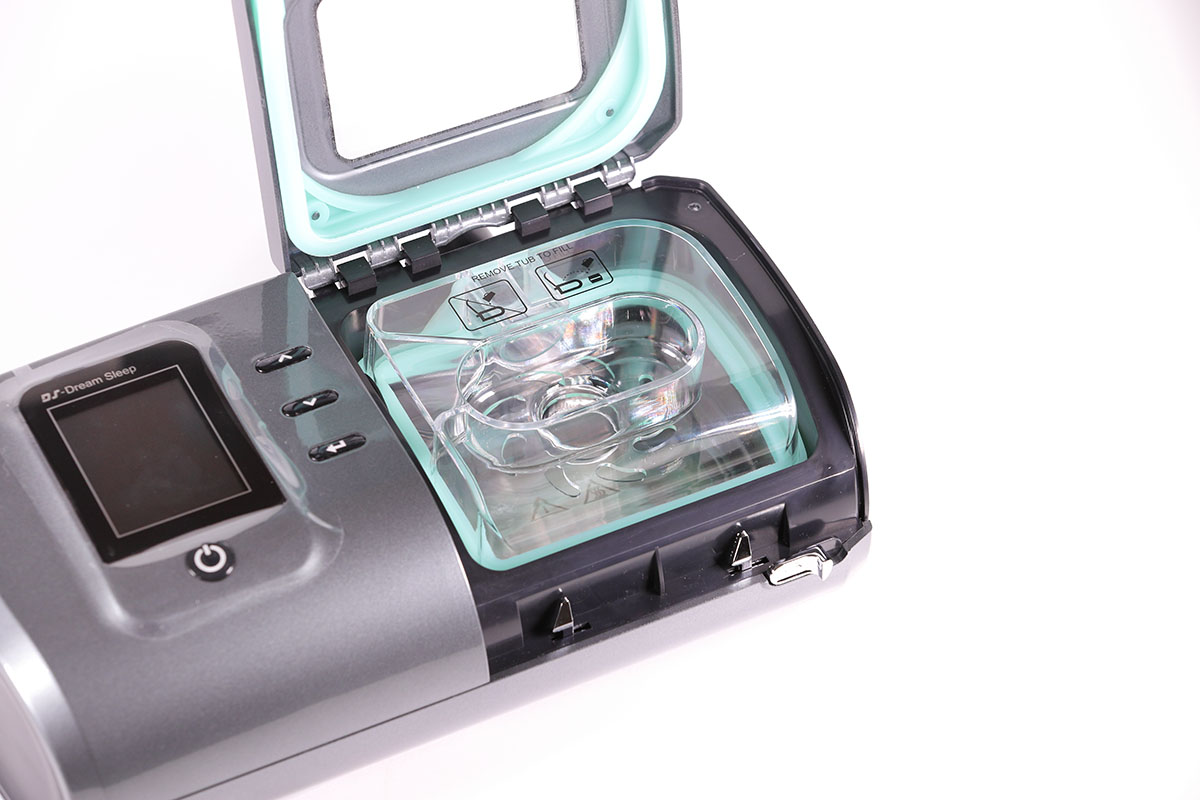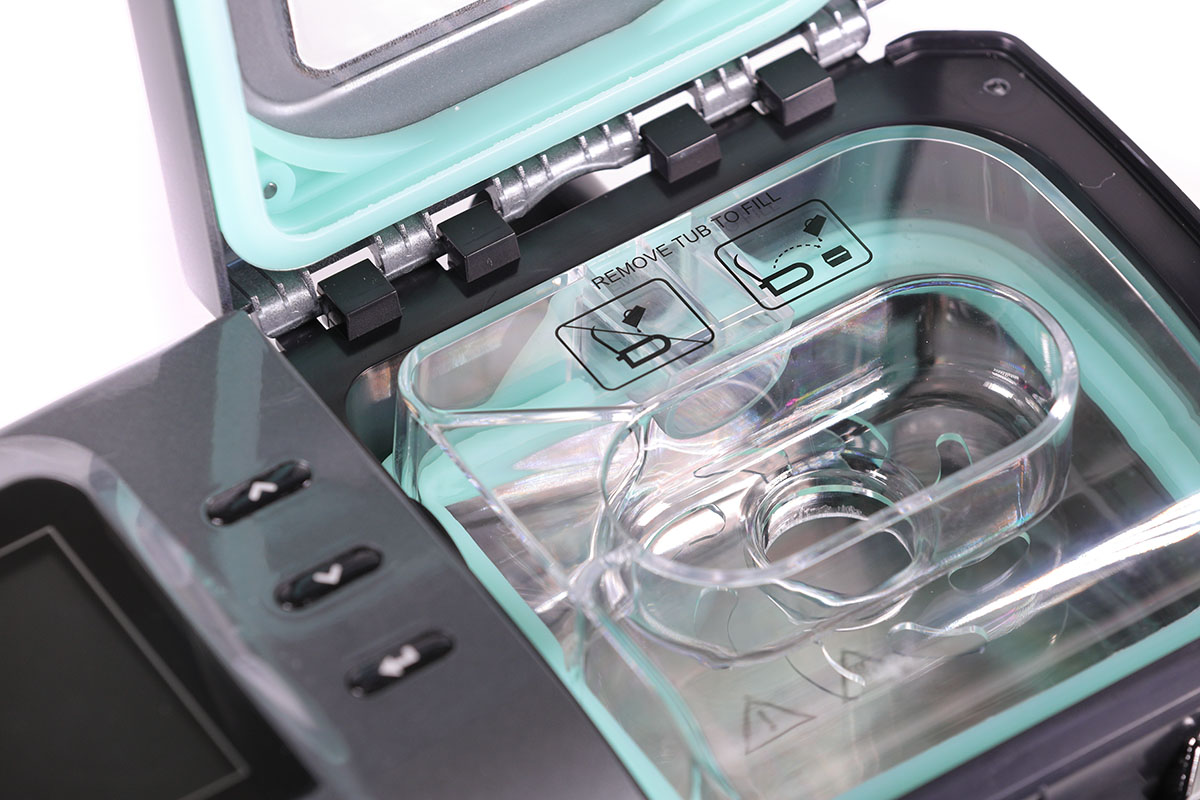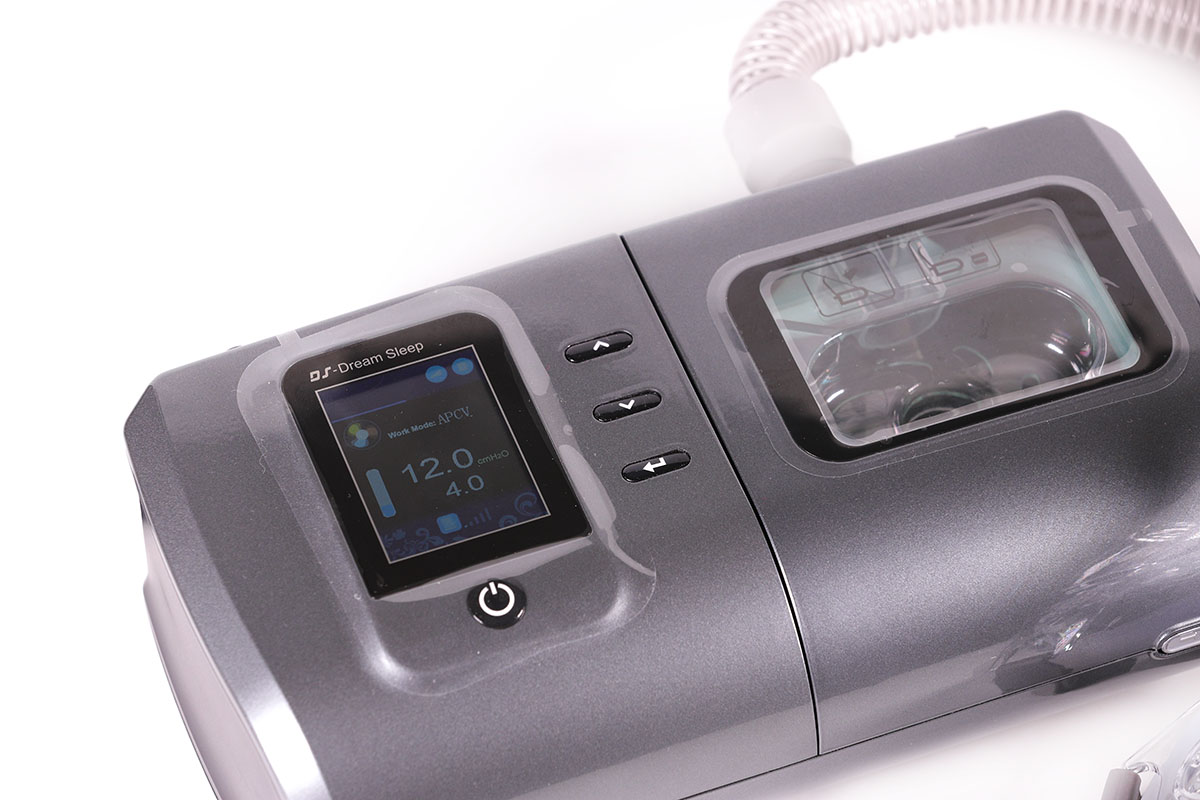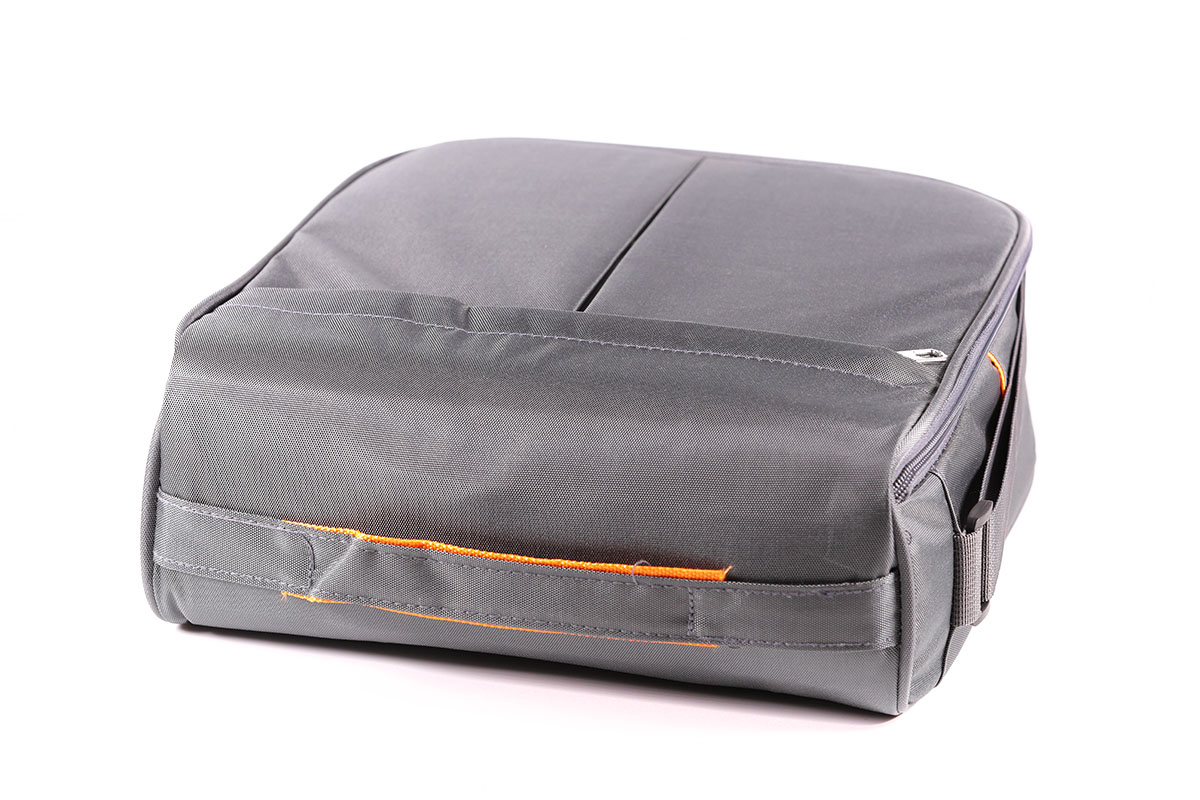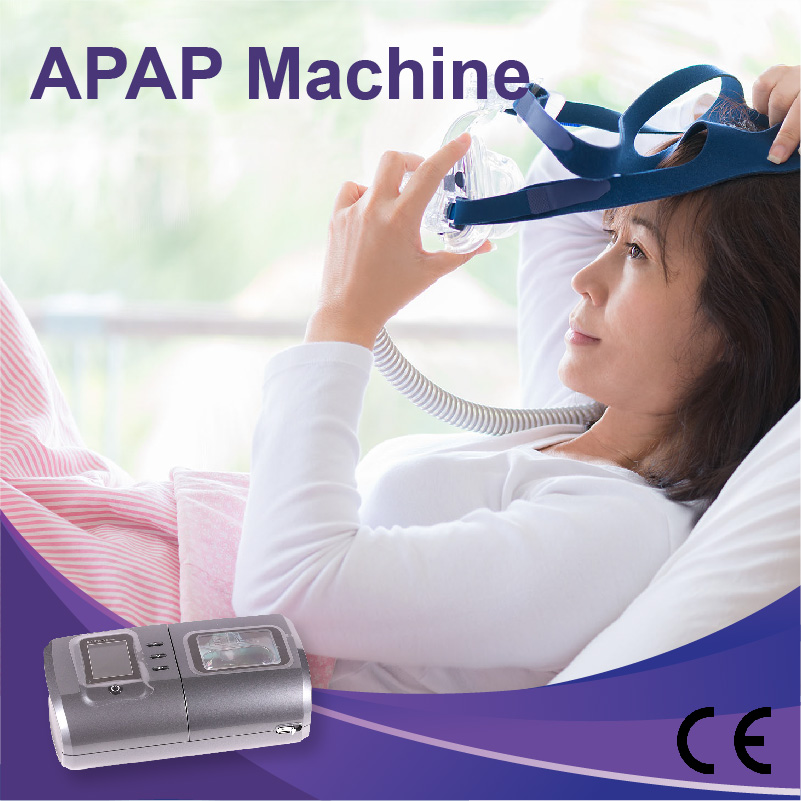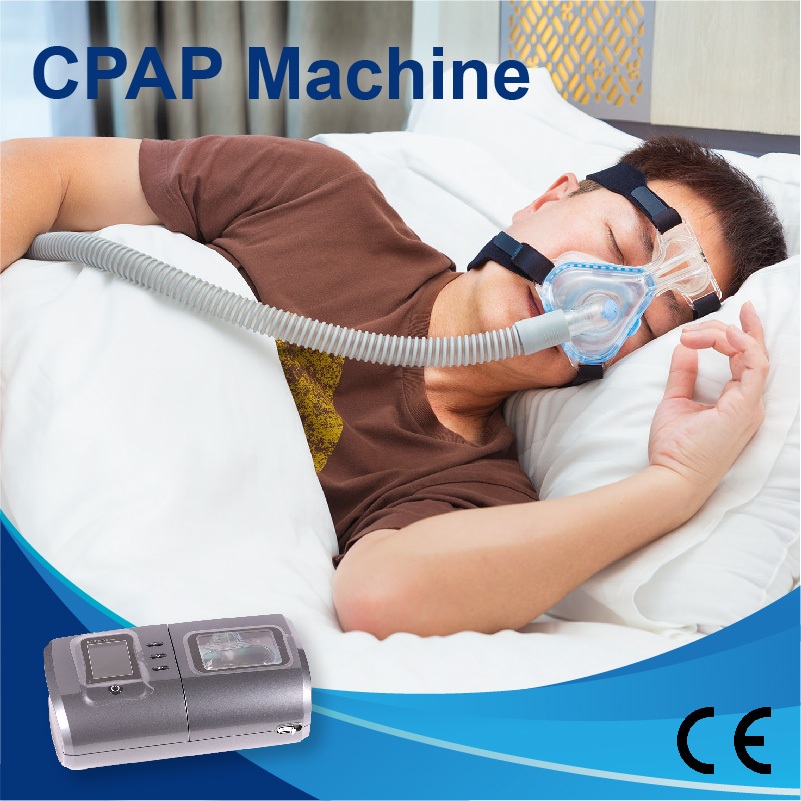BiPAP machine covid come in handy for people with breathing disorders that may include:
Obstructive sleep apnea, Chronic obstructive pulmonary disorder (COPD), when experiencing an asthma attack, weakened breathing that may occur after surgery, Neurological illness that compromises breathing, Obesity hypoventilation syndrome and pneumonia.
In conclusion, BiPAP machines are a good choice to help covid19 patients breathe but if breathing is very poor, one needs more advanced interventions. It is also not advised for patients with reduced consciousness or swallowing stresses.
In such extreme situations, intubation and invasive ventilation involving tracheostomy, where a tube is carefully pushed down one’s throat to create a kind of windpipe for airway may be the last option.
The good thing is that when breathing improves, they can move from this kind of invasive ventilation to BiPAP therapy. Not everybody loves incisions and tubes down their throats and one can choose not to. The next best breathing assistance they will get is from a BiPAP machine covid.
